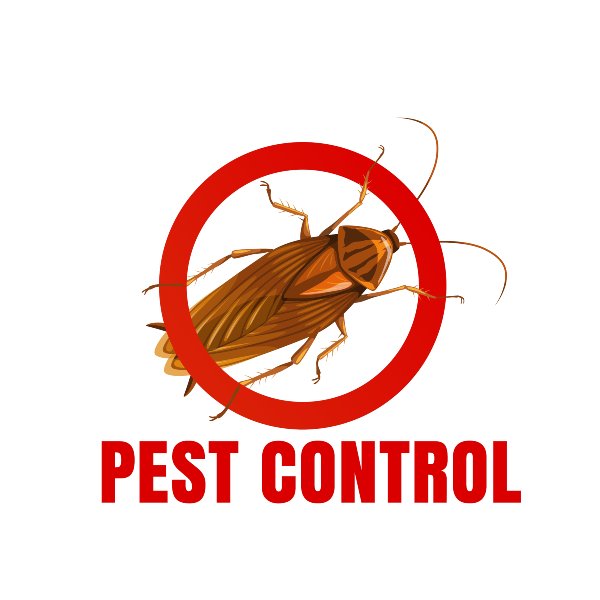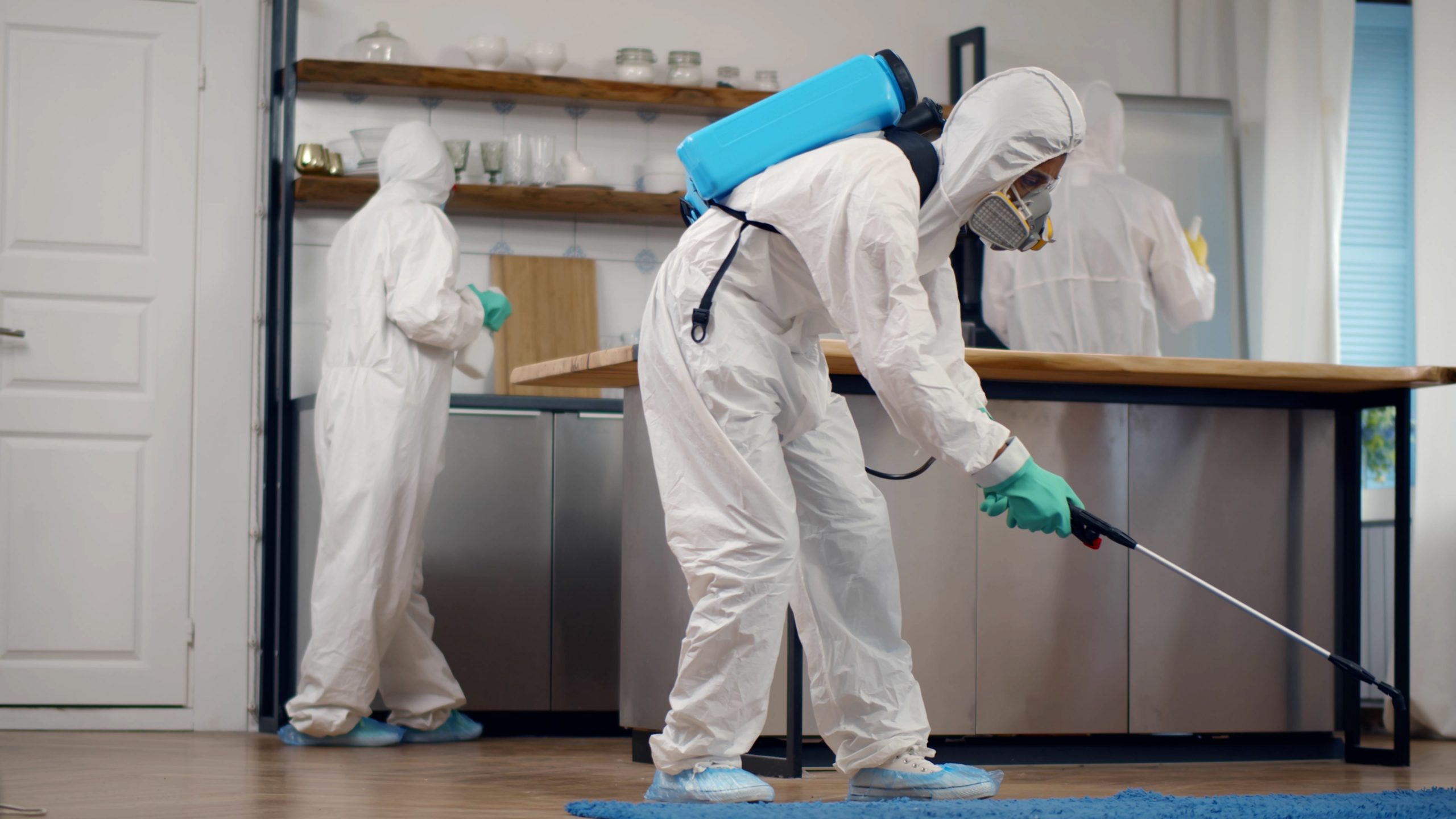Leading Parasite Control Solutions to Keep Your Home Pest-Free
From recognizing common home bugs to implementing chemical and all-natural control choices, each action plays a vital role in securing your living setting. Recognizing these numerous bug control solutions is necessary, yet the performance of each approach can differ significantly based on specific circumstances.
Identify Common Household Pests
Home parasites can interrupt the convenience and safety of any home, making it vital to identify them quickly. Usual family insects include insects and rodents that can create damage to residential or commercial property and pose health and wellness threats. Amongst one of the most widespread are ants, termites, and cockroaches.
Ants, particularly, are social insects that can attack kitchens in search of food. They grow in warm, wet environments and are commonly found in kitchens and shower rooms.
Termites, on the various other hand, are wood-destroying bugs that can severely endanger the architectural honesty of homes. Their visibility is frequently identified via indications such as mud tubes or thrown out wings.
Rats, including computer mice and rats, are another typical household parasite. They are not just a hassle but also position health risks by polluting food and spreading illness. Identifying these bugs early is crucial for reliable monitoring, maximizing the opportunities of an effective obliteration and securing the home atmosphere.
Safety Nets and Maintenance
Efficient parasite control starts with safety nets and normal upkeep to lessen the threat of infestations. Property owners must prioritize a thorough inspection of their residential or commercial properties to determine prospective access points for parasites, such as cracks in wall surfaces, spaces around windows, and rooms under doors. Securing these openings with caulk or weather stripping can substantially lower the probability of pests going into.
Furthermore, keeping a clean setting is crucial. On a regular basis decluttering areas, especially attic rooms and cellars, can get rid of concealing places for pests. It is likewise vital to store food in impermeable containers and promptly address spills and crumbs. Outdoors, property owners must maintain gutters tidy and make certain that standing water is eliminated to hinder reproducing premises for pests.
Landscape design methods play a function also; trimming trees and bushes away from the home can avoid parasites from utilizing them as pathways. On a regular basis inspecting and preserving screens on doors and windows will even more shield against unwanted intruders. By carrying out these preventive steps and dedicating to constant maintenance, homeowners can substantially reduce the risk of insect infestations, guaranteeing a much healthier and a lot more comfy living setting.
Natural Bug Control Approaches
Many all-natural parasite control techniques supply eco pleasant alternatives to conventional chemical treatments. These techniques not just minimize damage to useful organisms but likewise promote a much healthier living environment.
One reliable method is making use of essential oils, such as peppermint or tea tree oil, which can hinder different parasites because of their solid scents. An additional prominent option is diatomaceous earth, an all-natural powder obtained from fossilized algae that can kill bugs by dehydrating them upon call.
Companion growing is likewise a beneficial method; particular plants, like marigolds or basil, can fend off pests while bring in useful pests. In addition, presenting natural killers, such as ladybugs for aphid control, can significantly reduce bug populaces without chemicals.

Inevitably, incorporating these all-natural pest control techniques can create a reliable and lasting insect monitoring approach, guaranteeing your home remains pest-free while straightening with you can find out more ecological preservation efforts.
Chemical Insect Control Options
When facing relentless parasite invasions, chemical parasite control choices give a targeted strategy to taking care of unwanted organisms. These solutions typically include using chemicals formulated to remove or deter bugs properly. Chemical insect control can be categorized right into two main types: pesticides, which target pests, and herbicides, made for plant insects.
Insecticides might come in different types, including granules, baits, or sprays, permitting property owners to choose the approach that finest fits their requirements. For instance, sprays can give prompt outcomes, while lures may use even more prolonged control. It is necessary to choose items that are appropriate for the specific kind of bug being resolved, in addition to safe for usage within a residential atmosphere.
While chemical bug control can generate fast outcomes, it is important to adhere to label guidelines thoroughly to minimize risks to people, pet dogs, and beneficial bugs. Incorporating chemical techniques with preventive actions, such as securing entry points and keeping cleanliness, can enhance effectiveness and minimize the likelihood of future invasions. By employing accountable techniques, chemical pest control choices can be a crucial element of an overall pest monitoring approach.
Expert Extermination Solutions

Expert pest control specialists use a range of techniques, consisting of integrated parasite administration (IPM), which stresses using safe and eco-friendly services whenever possible. This approach not only targets the present infestation however also concentrates on preventing future incidents by addressing the underlying conditions that draw in pests.
In addition, specialist solutions often provide service warranties and follow-up visits to ensure the efficiency of their therapies. This ongoing assistance can give homeowners satisfaction, knowing that their living setting is being monitored for any indications of bug rebirth. In contrast to do it yourself techniques, which may produce temporary relief, specialist elimination services provide resilient outcomes, making them a worthwhile investment for preserving a pest-free home.
Final Thought
In summary, maintaining a pest-free home demands a multifaceted method that incorporates recognition of common bugs, implementation of precautionary steps, and factor to consider of both chemical and natural control techniques. Expert extermination services work as an termite insecticide important source for addressing extreme problems. By taking on incorporated pest management strategies, homeowners can ensure a long-term service that prioritizes security and performance, eventually securing living spaces from undesirable trespassers while promoting a healthier environment.
When encountering consistent insect invasions, chemical parasite control options give a targeted method to taking care of undesirable organisms - coquitlam pest additional reading control. Chemical bug control can be categorized right into two major types: pesticides, which target pests, and herbicides, made for plant pests

These solutions employ skilled insect control specialists who conduct comprehensive assessments to determine the degree of an invasion and the particular insect varieties included.In summary, maintaining a pest-free home requires a complex approach that encompasses identification of typical insects, implementation of precautionary measures, and consideration of both chemical and all-natural control approaches.